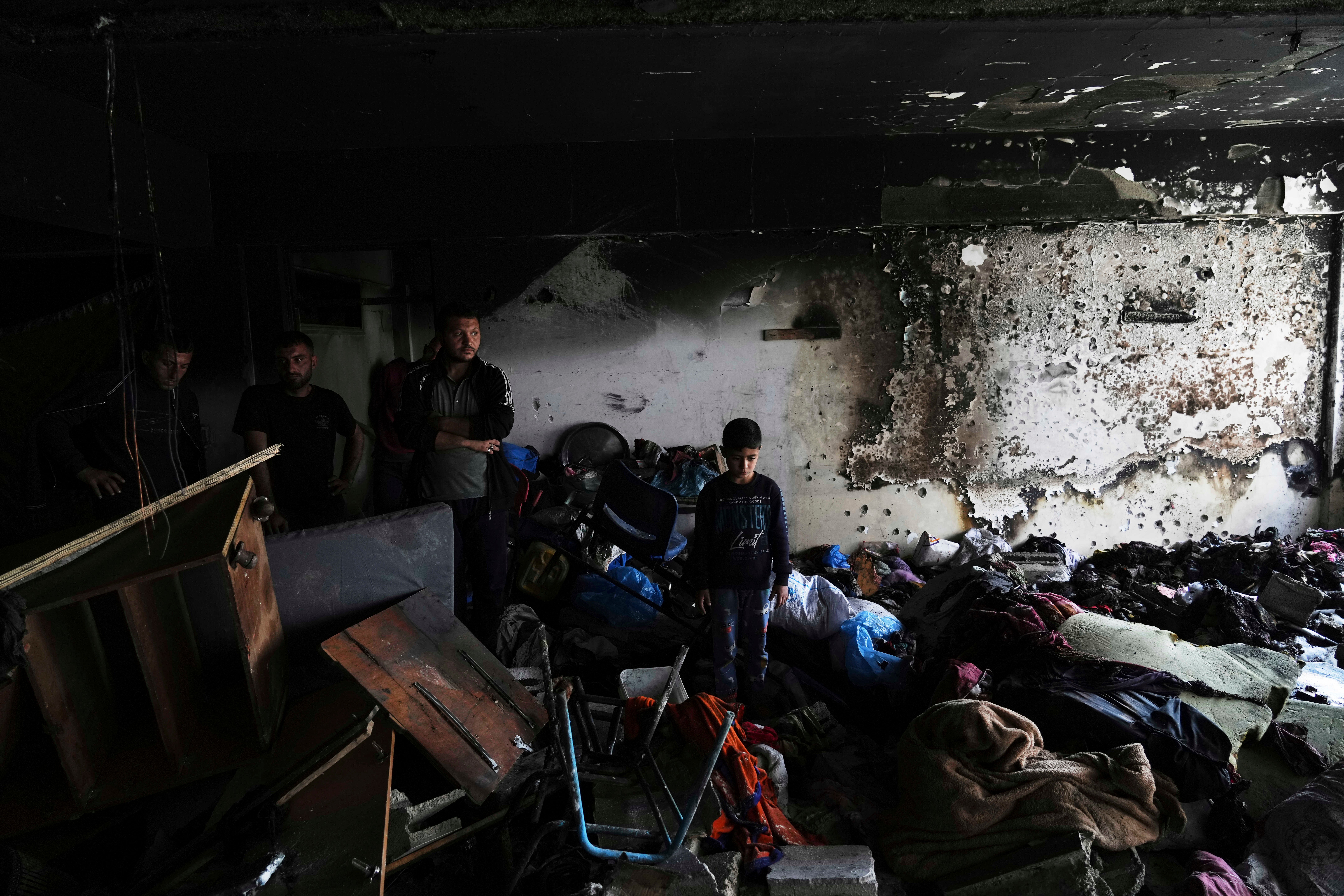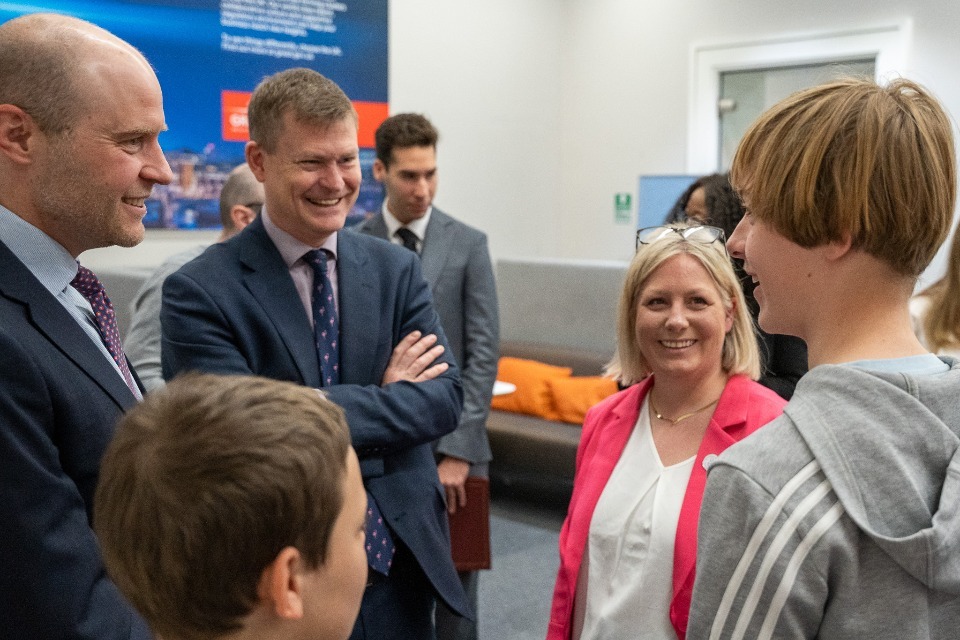At least 27 Palestinians were killed when the Israeli military struck a school in northern Gaza on Thursday, according to the Strip’s Hamas-run health ministry, marking another day of over 100 casualties in the besieged territory.
The death toll was expected to rise as some of the 70 wounded had sustained critical injuries and were receiving treatment in local hospitals already overwhelmed with the influx of casualties, officials said.
The strike targeted the Dar al-Arqam school in the Tuffah area of Gaza City which had been turned into a shelter for people displaced by Israel’s 18-month war on Gaza.
Health ministry spokesperson Zaher al-Wahidi said the bodies of 14 children and five women had been recovered from the rubble.
Graphic videos from Al-Ahli Arab Hospital showed injured children crying as they were rushed in cars and trucks, some with serious injuries.
Hamas denounced the school strike as a “heinous massacre” of innocent civilians and a “new brutal crime”.

The Israeli military claimed it had struck a “Hamas command and control centre” in Gaza City. It said steps had been taken before the strike to mitigate harm to civilians.
Israel had offered the same reason – striking a Hamas “command and control centre” – for bombing a United Nations building used as a shelter a day earlier, which health officials said killed at least 17 people.
Mahmoud Bassal of Gaza’s Civil Defence Agency said women and children accounted for the majority of the casualties from the strike on the Dar al-Arqam school.
He said a woman heavily pregnant with twins was missing, along with her husband and other family members.
Another 97 people were killed over the past 24 hours as Israeli forces bombed homes and shelters in the Palestinian territory, according to health officials.

Stepping up its offensive, the Israeli military ordered more residents in northern Gaza to move west and south to shelters, warning that it planned to “work with extreme force in your area”.
A number of Palestinians leaving the targeted areas did so on foot, with some carrying their belongings on their backs and others using donkey carts.
Mohammad Ermana, 72, and his wife said they had been looking for shelters “every hour now, not every day”. “My wife and I have been walking for three hours covering only one kilometre,” he said as he walked with his wife’s hand in his, each walking with a cane.

In the southern city of Khan Younis, at least 14 people, including five children and four women, were killed and their bodies were taken to the Nasser Hospital.
The bodies of another 19 people, including five children aged between 1 and 7 years and a pregnant woman, were moved to the European hospital near Khan Younis, officials said. In Gaza City, 21 bodies were taken to Al-Ahli hospital, including those of seven children.
Later in the day, Israeli strikes killed four more people in Khan Younis, according to Nasser Hospital, and another two people in central Gaza.
The death toll in Gaza continued to rise even as the Israeli military promised an independent investigation into its 23 March killing of 15 Palestinian medics and emergency responders.
UN officials said Israeli soldiers had buried the medics and their ambulances in a mass grave.
Israel initially claimed its soldiers had targeted the ambulances because they were “suspicious vehicles” and killed nine militants in the process.

The military said the investigation would be led by an expert fact-finding body “responsible for examining exceptional incidents” during the war. Rights groups said such investigations were often found lacking and that troops were rarely punished.
The head of the Palestine Red Crescent Society, Younes Al-Khatib, said on Thursday he believed some of the medics were still alive when they were captured by Israeli forces.
The society’s radio dispatchers heard a conversation in Hebrew between medics and Israeli soldiers after the ambulances had come under fire, Al-Khatib told members of the UN Security Council.
Israel’s war on Gaza has killed over 50,000 Palestinians, including hundreds since a ceasefire ended last month. The war began after nearly 1,200 people were killed, most of them civilians, and 251 taken hostage during a Hamas attack on southern Israel in October 2023.

The UN humanitarian office said about 280,000 Palestinians had been displaced since Israel ended the ceasefire with Hamas last month.
After ending the ceasefire, Israel imposed a blockade on food, fuel and critical humanitarian aid entering Gaza, leaving civilians facing acute shortages – a tactic that rights groups say is a war crime.
Hamas says it will only release the remaining 59 hostages – 24 of whom are believed to be alive – in exchange for more Palestinian prisoners, a lasting ceasefire and an Israeli military pullout from Gaza. It has rejected demands to lay down its arms or leave the territory.
An investigation by The Independent found evidence of abuse, torture and deaths of Palestinian detainees, including some of Gaza’s most renowned medics, in Israel’s jails.



